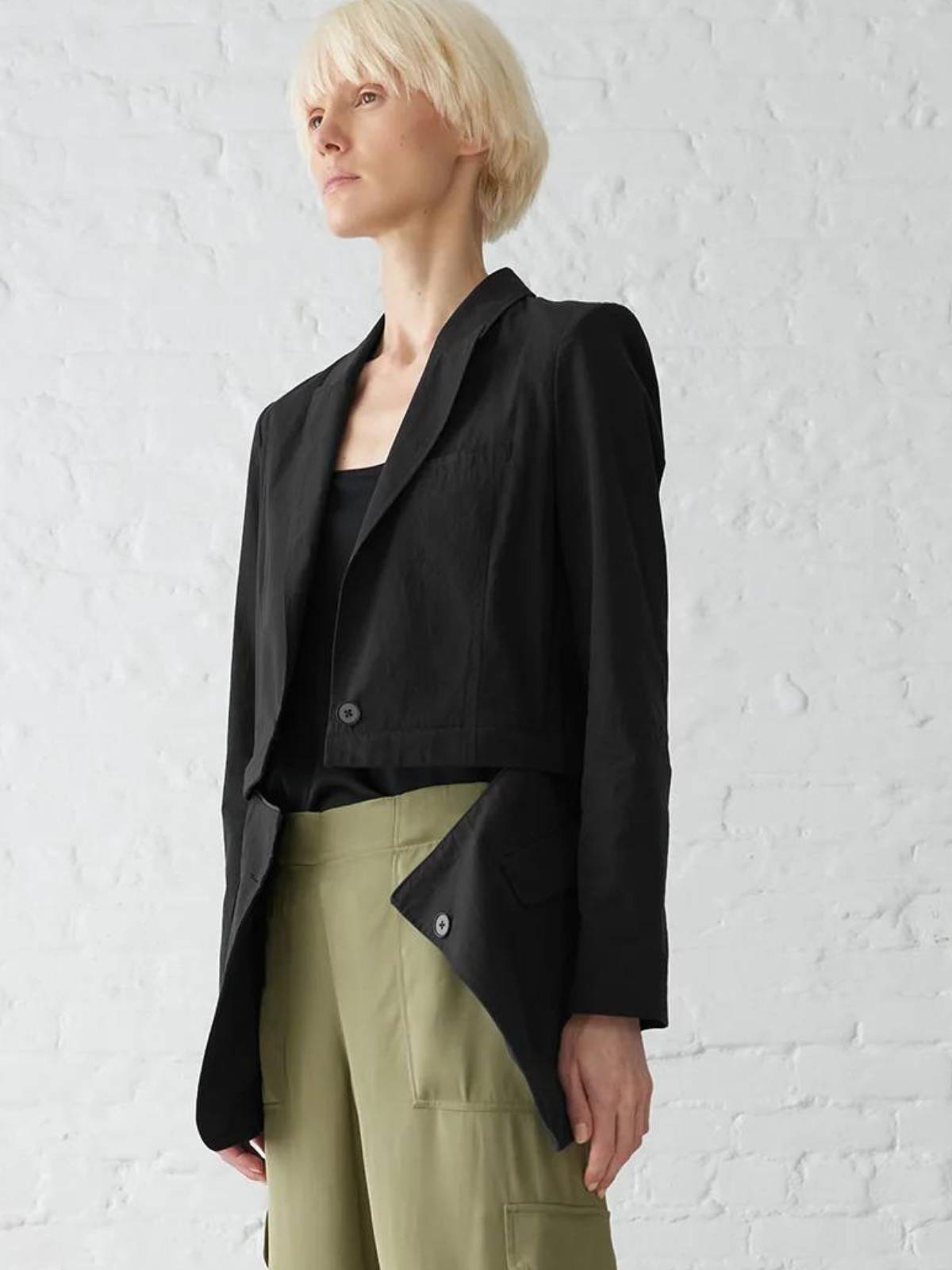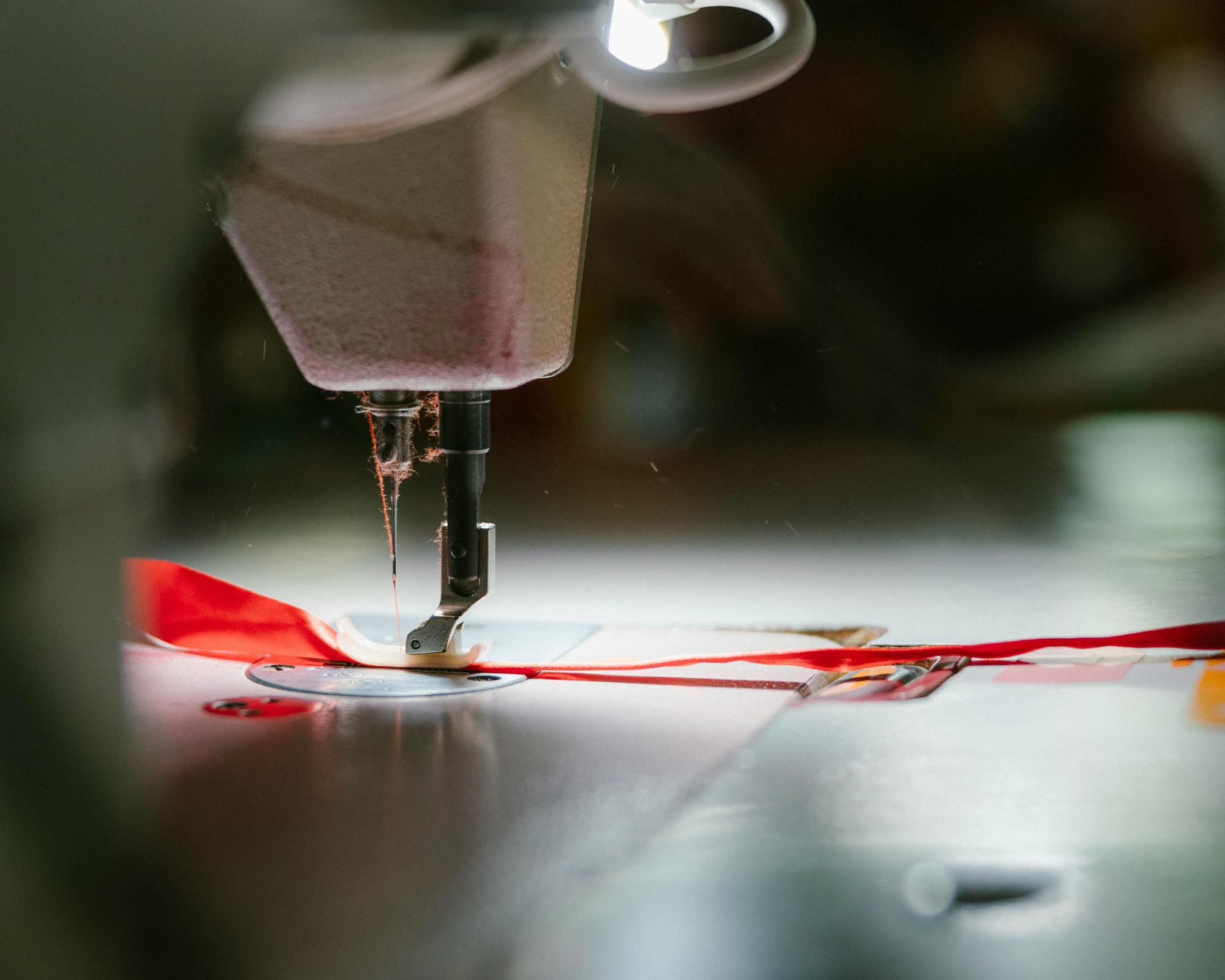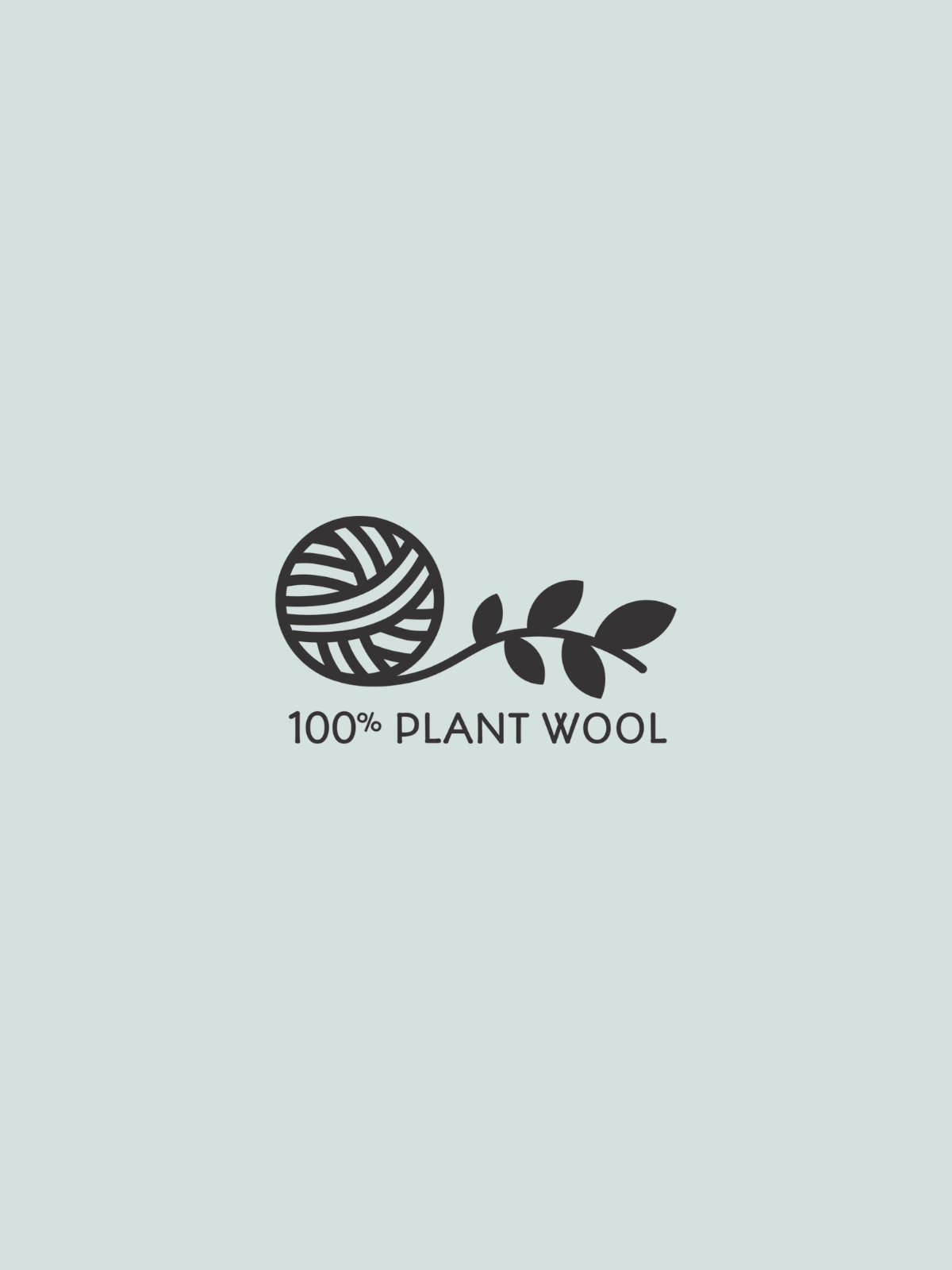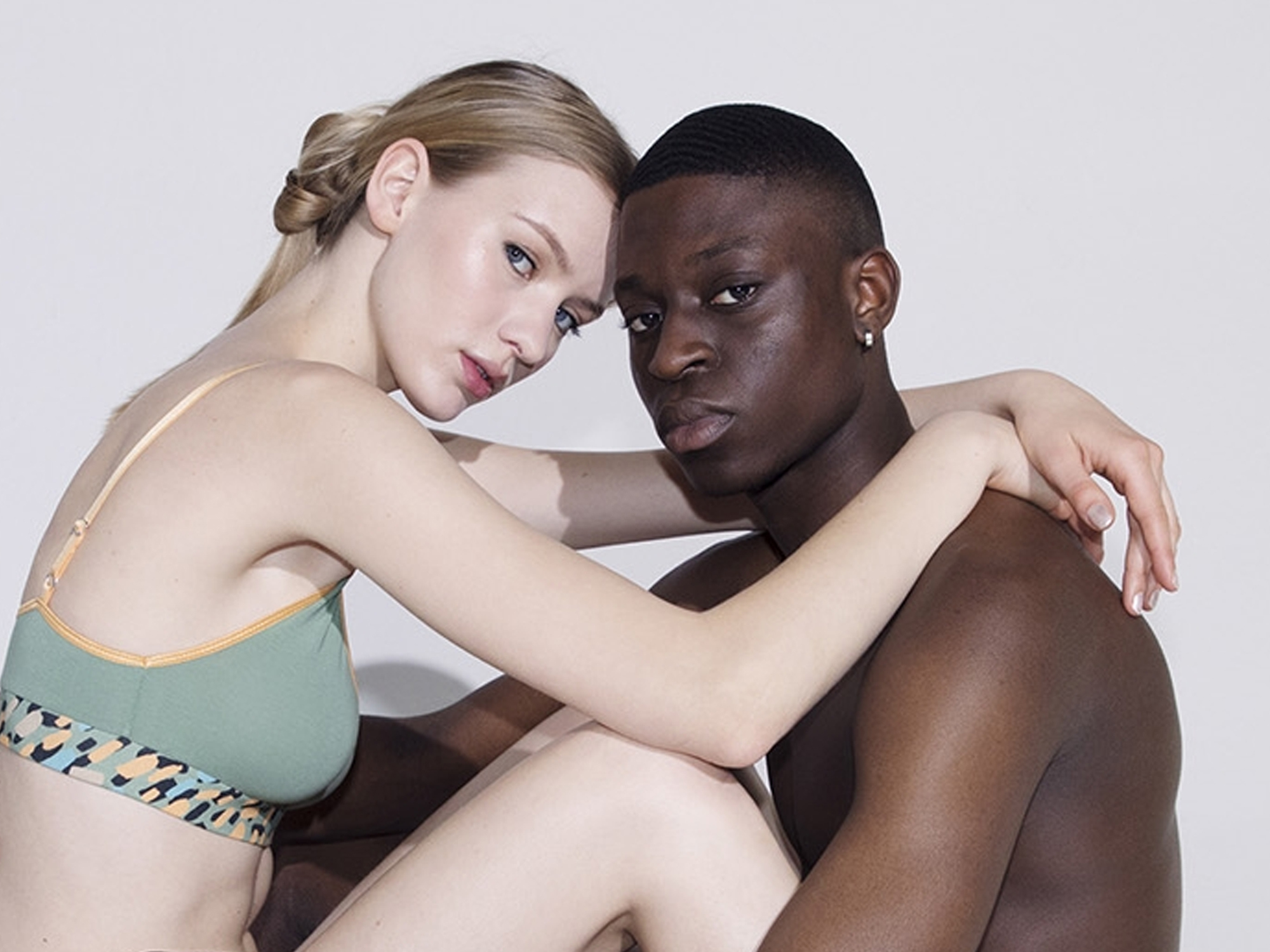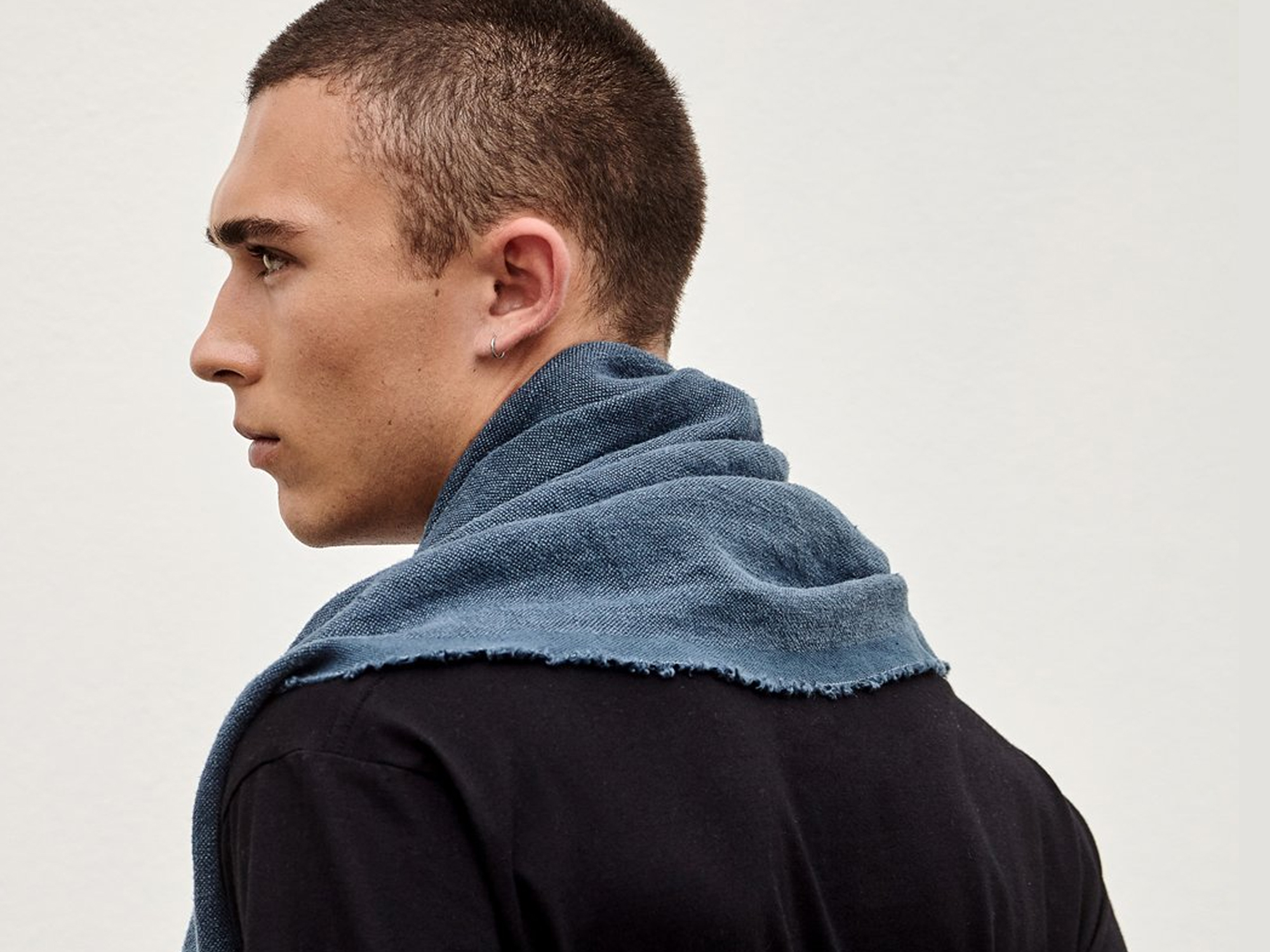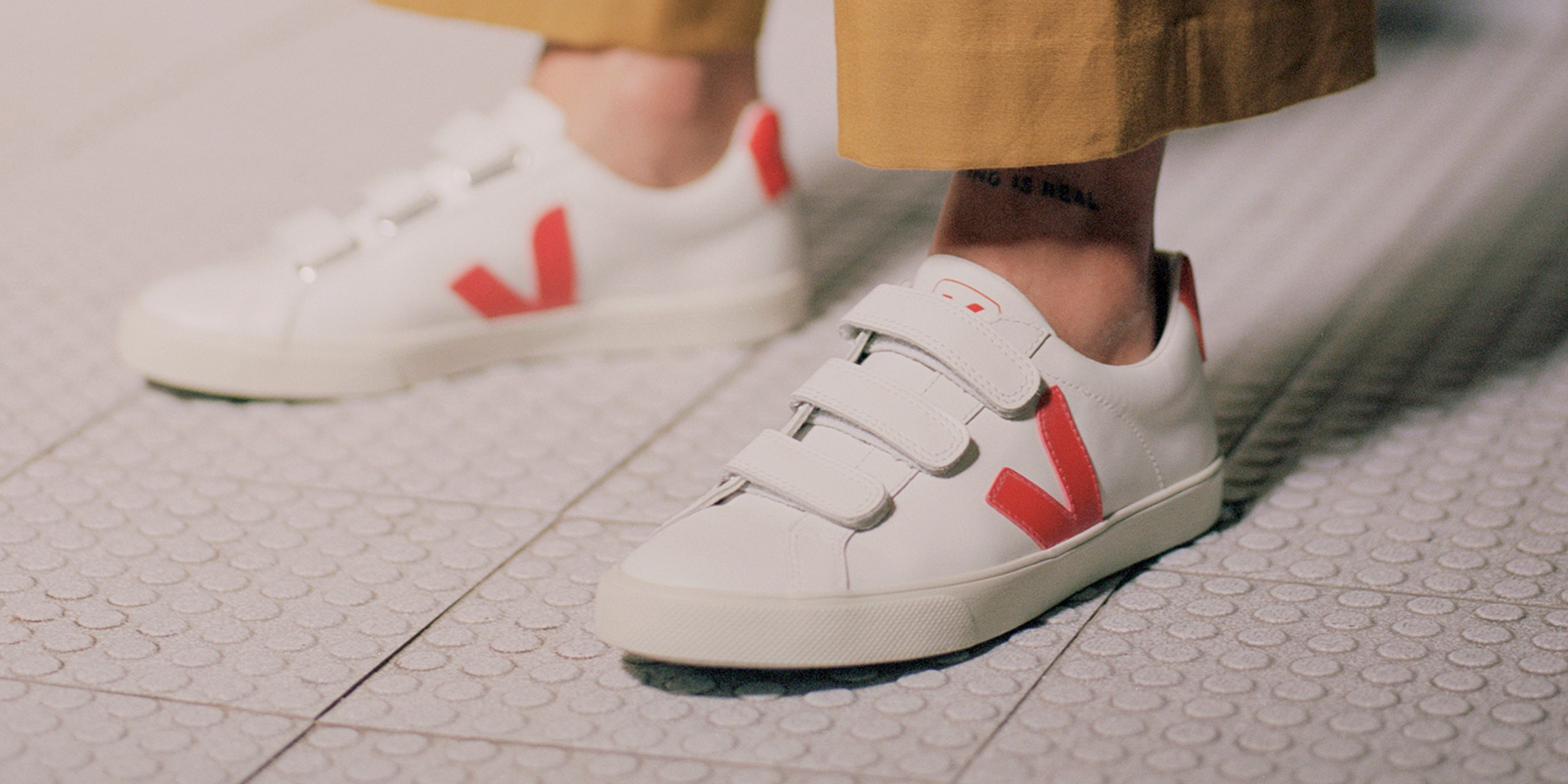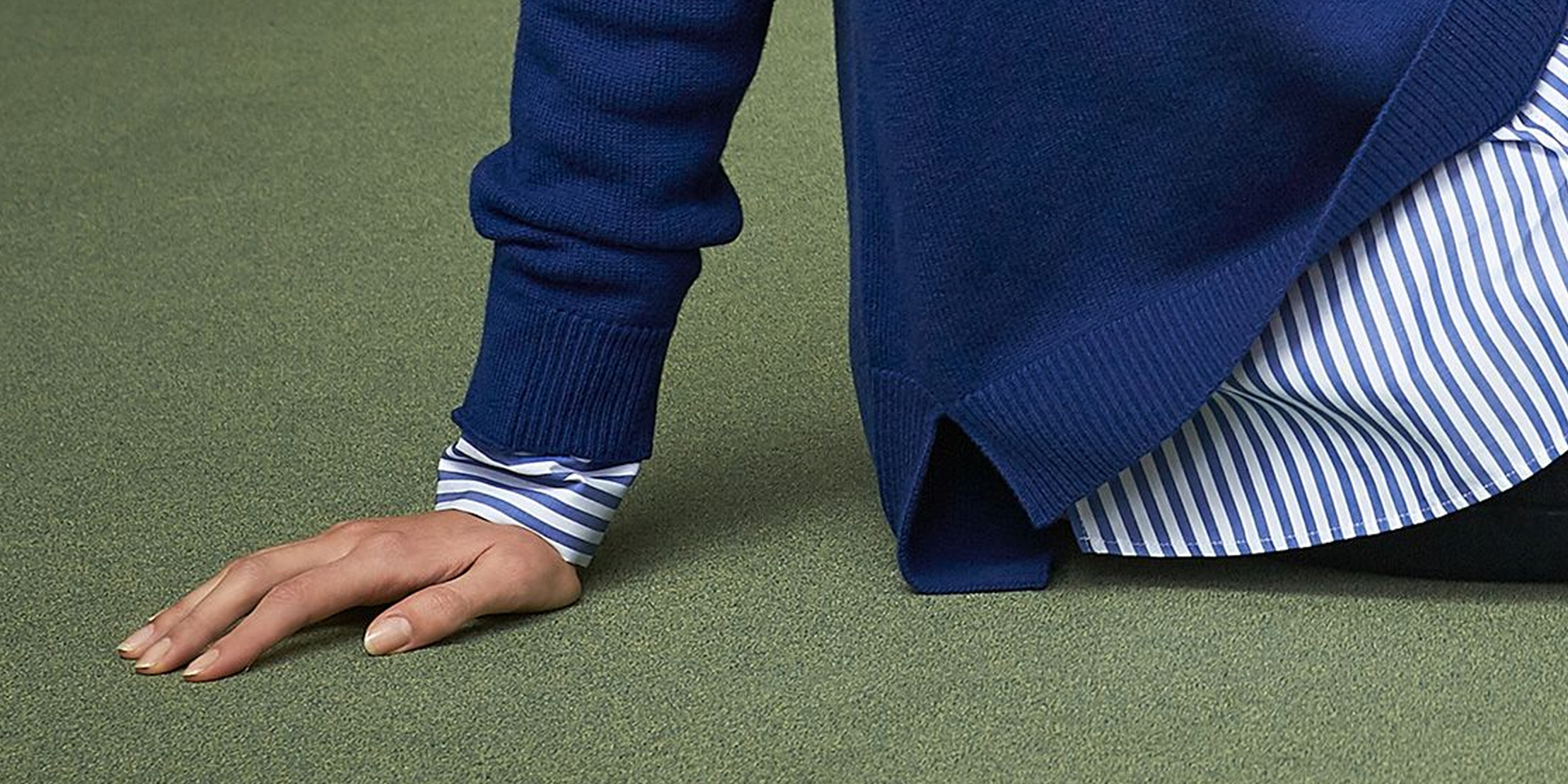The lack of progress on sustainability in fashion isn’t due to the lack of innovation. Solutions to problems are out there. Funding, on the other hand, is the barrier. For this year’s Needle Movers list, we examine seven case studies that show what actual progress can look like: practical solutions to specific problems.
2030 target date looms, so why is progress stunting?
You only need to glance at the calendar to see the obvious: there are just five years left for fashion to meet its 2030 environmental and social governance targets, many of which were set during more ambitious times. Indeed, many of the industry’s goals around decarbonisation, preferred materials, and circularity have since fallen down the priority stack as economic, geopolitical, supply chain, and every other kind of turmoil has rocked the industry and wider world.
Will this ever-looming deadline catalyse a greater sense of urgency from industry players or will we continue to see furtive press releases explaining all the reasons why goalposts have moved and action is delayed? So far, we’re seeing more of the latter.
In some cases, penalties for inaction are starting to hit brands where it hurts. While we’re waiting for the implementation of game-changing Extended Producer Responsibility laws, in 2024 we saw impact investment firm ASN Impact Investors sell off €70m worth of shares in fashion’s biggest brands citing a lack of progress on climate targets. ASN Director San Lie said he hoped others would follow suit to light a fire under lagging brands.
But the biggest trend in fashion right now feels more like backsliding on sustainability than anything else. It sounds almost trite to repeat these facts: 2024 was the hottest year on record, and 2025 is already off to a devastating start. And yes, we know by now that fashion—as with the broader retail sector—has significant impacts on both the climate crisis and the broader scope of sustainability issues throughout the supply chain.
The fashion industry has known solutions aplenty. More often, what it lacks is investment.
Yet it feels like sustainability is falling off the agenda—the 2025 State of Fashion report by Business of Fashion and McKinsey reported that only 18% of fashion executives see sustainability as a top three risk for growth this year, down from 29% in 2024. Last year, 57% of brands ranked in Fashion Revolution’s annual index showed no progress on their climate targets, with 86% of brands lacking public, measurable targets on coal phase-out in their supply chains. The lack of progress on sustainability is not for lack of solutions. The fashion industry has known solutions aplenty. More often, what it lacks is investment.
If you talk to sustainability innovators directly, as I frequently do in my work as a journalist, they’ll tell you that the major barrier holding them back from commercial success is funding. It’s estimated that fashion’s sustainability transition will require more than a trillion dollars to meet net-zero targets by 2030, a number that seems impossible to quantify, let alone stump up. Fashion is top-heavy with wealth, and while the question of who is responsible for financing this shift may have an obvious answer, it has been discussed ad nauseam for years with little progress.
Innovators and angel investors face huge risks by being the first mover to put it all on the line for an untested new solution. Wealth-holders—global brands, investment firms, and governments among them—have historically been hesitant to pour money into needle-moving companies that might not make it.
For wealth-holders, the fear of the unknown has often been greater than concerns with the status quo they profit from. This is the pervasive attitude that got us into this mess in the first place.
We only have to look at Renewcell, which was often held up as a beacon of change within the industry. The recycled material innovator filed for bankruptcy in February 2024 partly due to a lack of purchasing commitment from brands for its inability to scale and survive. But the tide could be shifting. As Circulose rises from the ashes of Renewcell, some in the industry have recognised that the innovator didn’t fail—the industry failed the innovator.
Selecting seven cases that show potential
It’s in this wider context that I spent the end of 2024 and the start of 2025 looking for what’s become a rare resource: some signs of hope. The goal in my reporting was not to turn around another list of fashion trends or “innovations” that are unlikely to go anywhere. I trawled through dozens of those in my research. Instead, in this second annual edition of the Needle Movers list, I wanted to shine a spotlight on organisations demonstrating some promise in, well, moving the needle.
Therefore, this round-up isn’t about the shiniest new tech or the most novel [insert unexpected feedstock here] material. This is a more practical look at solutions. These seven organisations don’t hold all the answers. They are instead case studies showing us how to make an impact by chipping away at a problem, by collaborating with their supply chains, and by developing solutions to last.
Encouragingly, many companies in the list below have raised tens of millions of dollars in funding, largely from venture capitalists, impact investors, and conglomerates.
The Needle Movers List 2025
Textile-to-Textile Recycling: RE&UP
Textile-to-textile recycling is still in its infancy, with less than 1% of textiles on the market made from pre- and post-consumer textiles, according to 2024 research from Textile Exchange. There’s also a widening gap between the industry demand for preferred materials (including recycled)—which could expand to 133m tons by 2030—and their supply.
Launched in December 2023, RE&UP is looking to close that gap. The Netherlands-based company recycles cotton, polycotton and polyester using mechanical and thermomechanical technology to produce what it calls “Next-Gen” cotton and polyester that mimic virgin fibres in look, feel and quality. RE&UP is rapidly expanding—receiving €70m in 2024 to build out its operations in Türkiye and Spain—with the ambition to supply the fashion industry with 1m tons of recycled textiles by 2030.
The higher price tag of recycled materials is often a major barrier to industry adoption. If it costs more than the virgin counterpart, it’s a tough sell. But building production facilities, communicating and selling a new solution to the market, and embedding a new product into existing supply chains is a complex and expensive task, hence the higher cost of materials. RE&UP says that there is no “green premium” for its materials, which cost the same as conventional alternatives.
Modernising the silk industry for social impact: Resham Sutra
India is the world’s second-largest producer of silk, a material that comes with numerous sustainability and ethical considerations (as Good On You has covered here in this silk material guide). And the sericulture industry employs almost eight million people across 50,000 rural communities. Silk reeling and weaving are traditionally manual jobs for many women in these villages, who roll the fibre against their thighs to produce a thread. This method, which is low-paid and unreliable, can cause cuts to their hands and legs, as well as spinal issues.
Resham Sutra is a social enterprise launched by Kunal Vaid in 2016 that is modernising sericulture by manufacturing and selling solar-powered reeling, spinning and weaving machines that can double production capacity and therefore income for women who rely on sericulture for their livelihood. To date, Resham Sutra has supported more than 20,000 silk workers, many of whom become micro-enterprise owners to support their families and wider communities by creating more employment opportunities for others in their locale.
More recently, Resham Sutra launched an app to connect silk farmers, buyers, weavers, and others in the supply chain with each other, resulting in greater bargaining power and fairer prices for their products.
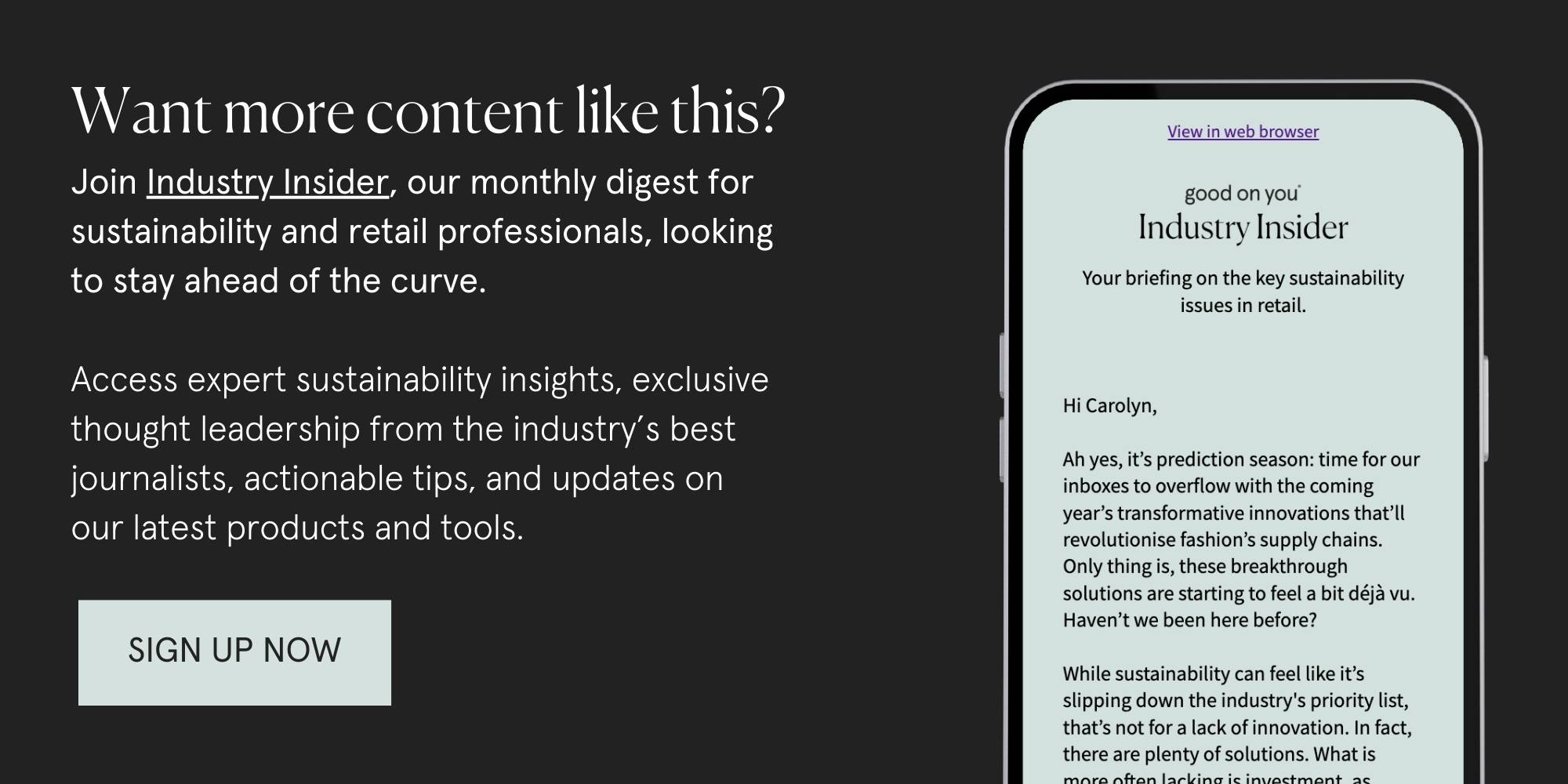
Tackling bad sizing at the design phase: Fit Collective
Who hasn’t bought an outfit online and waited patiently for it to arrive, only to discover it doesn’t fit at all? It’s not you—blame the fundamentally flawed sizing system which can mean frustrating return trips to the post office.
According to a McKinsey survey, 70% of clothing returns are due to poor fit. There are a lot of fit-tech companies out there trying to solve this problem from various angles—you’ve probably seen some of them while browsing online and been asked to enter your measurements to find your size.
Enter a new contender with a fresh approach: Fit Collective. To help brands size more accurately, the London startup collects and processes data points from a wide variety of sources, including product reviews, customer feedback, returns, and more to give designers the insight they need to ensure your clothes fit right the first time round. The company was co-founded by Phoebe Gormley, who also launched the first womenswear tailor on London’s prestigious Savile Row, so she knows a thing or two about a well-fitting look.
While most companies in the crowded fit-tech market aim to help customers adjust their shopping choices to a brand’s unpredictable sizing, Fit Collective tackles the root cause of the problem at the design stage, ensuring that clothing is graded (sized for different body types) accurately, reducing environmentally costly returns.
A curious alternative to farm-grown cotton: GALY
It takes a lot to transform a boll on a cotton plant into a t-shirt in your wardrobe. Cotton is a fibre that uses vast amounts of water, chemicals, processing, and creates significant emissions—not to mention the industry is also plagued with human rights abuses.
Inspired by the lab-grown meat craze of the 2010s, GALY founder Luciano Bueno decided to adapt this concept to cotton and grow the fibre in a vat in Boston, promising to significantly reduce the material’s impact in the process. GALY is still nascent—the technology hasn’t scaled to the degree that you’ll see lab-grown cotton on shelves any time soon.
However, the concept has garnered funding, having raised USD $33m in its Series B funding round in 2024. This is certainly in the higher range of investment dollars, with major new investors including the H&M Group and Zara-owner Inditex. It demonstrates the fashion industry’s appetite to make Galy commercially viable, with brands investing serious cash into GALY and solutions like it. In 2020, the business won the H&M Foundation Global Change Award, and the following year took it home the LVMH Innovation Award.
Data-backed trend forecasting to minimise waste: Hakio
Find it impossible to keep up with fashion’s ever-changing trend cycle as a shopper? Imagine what it’s like for fashion buyers who are responsible for choosing which styles go into production in huge volumes. Brands fail to sell anywhere between 10-40% of their inventory each year, with human error, unpredictable weather and consumer behaviour, supply chain disruptions and other factors all playing into how many products actually sell, and how many stay on the shop floor or warehouse, being continuously discounted and eventually discarded.
Hakio, a Danish startup, wants brands to make data-driven instead of gut-instinct decisions about what styles to order and reorder by using algorithmic prediction modelling. Hakio uses real-time data on consumer behaviour (like what’s trending on social media) and market trends (weather and supply chain fluctuations), combined with the expertise and intuition of fashion buying experts, to enable better buying decisions. Brands that use Hakio, including Organic Basics, Carhartt, Vero Moda, and Jack & Jones, are able to forecast accurately then track and manage their inventory, removing the guesswork and reducing overproduction. In 2024, Hakio raised €4m in seed funding to scale the platform’s impact on the fashion industry’s waste problem.
Social impact circularity programmes: United Repair Centre
Keeping clothes in use for longer is central to the success of the circular economy, where (in theory) the clothing that already exists in the world is kept in use for as long as possible. The fashion industry is a long way from circular—only 0.3% according to a 2024 report from Circle Economy—but one of the most accessible ways to develop this is by harnessing people power.
When we think of this nascent industry of upcycling, repairing, renting, reselling, and recycling, we rarely consider the human opportunities that the circular economy can have, but the team behind United Repair Centre (URC)—a Patagonia-backed B2B social enterprise—has created a solution that puts people at the centre of circularity. Through its Repair, ReNew and ReMake programmes, URC works directly with brands to repair customers’ clothing, as well as renewing unsold or unwanted garments for resale on the brand’s own e-commerce platform.
URC employs marginalised people in its Amsterdam and London hubs. In 2024, it launched the United Repair Academy to teach the skills needed to become a repair technician, offering participants a guaranteed job upon graduation. Last year alone, URC repaired almost 23,000 garments from brands including Lululemon, The North Face, and Kathmandu, adding to a total of 50,000 repairs to date.
Supporting garment workers with education and training: RISE
The fashion industry employs an estimated 94 million people around the world, with women making up 60-80% of garment workers, according to the International Labour Organization. Despite being the majority in factories and other suppliers along the fashion value chain, women are underrepresented in leadership positions. Often, these workers are not protected by unions, work long hours below the living wage of their country, and are trapped in a cycle of poverty producing clothing. Education and training are pathways to improve the living and working conditions of garment producers—and by extension their families and communities—by ensuring they know their rights, are able to make their own financial decisions, and have the skills they need to progress in their workplace.
RISE (Reimagining Industry to Support Equality) is an initiative that operates in nine key manufacturing countries—Egypt, Pakistan, China, Bangladesh, India, Cambodia, Indonesia, Guatemala, and Vietnam—to advance gender equality in garment manufacturing. Since launching in 2023, RISE has rolled out over 7,000 training programmes within participating factories and helped to upskill 5 million garment workers, informed by insights from women’s rights organisations, unions and the garment workers themselves.
Training programmes focus on health, financial and digital literacy, tackling gender-based violence and harassment, and supporting women into leadership positions. As a result of the RISE Respect training, the initiative reported a 39% decrease in acceptance of supervisors shouting in the workplace, while the RISE Financial Health training generated improved capacity for workers to handle financial emergencies, save more money, and digitise their finances. RISE works with global brands like Nike, GAP, and Ralph Lauren to access factories in their supply chains.
